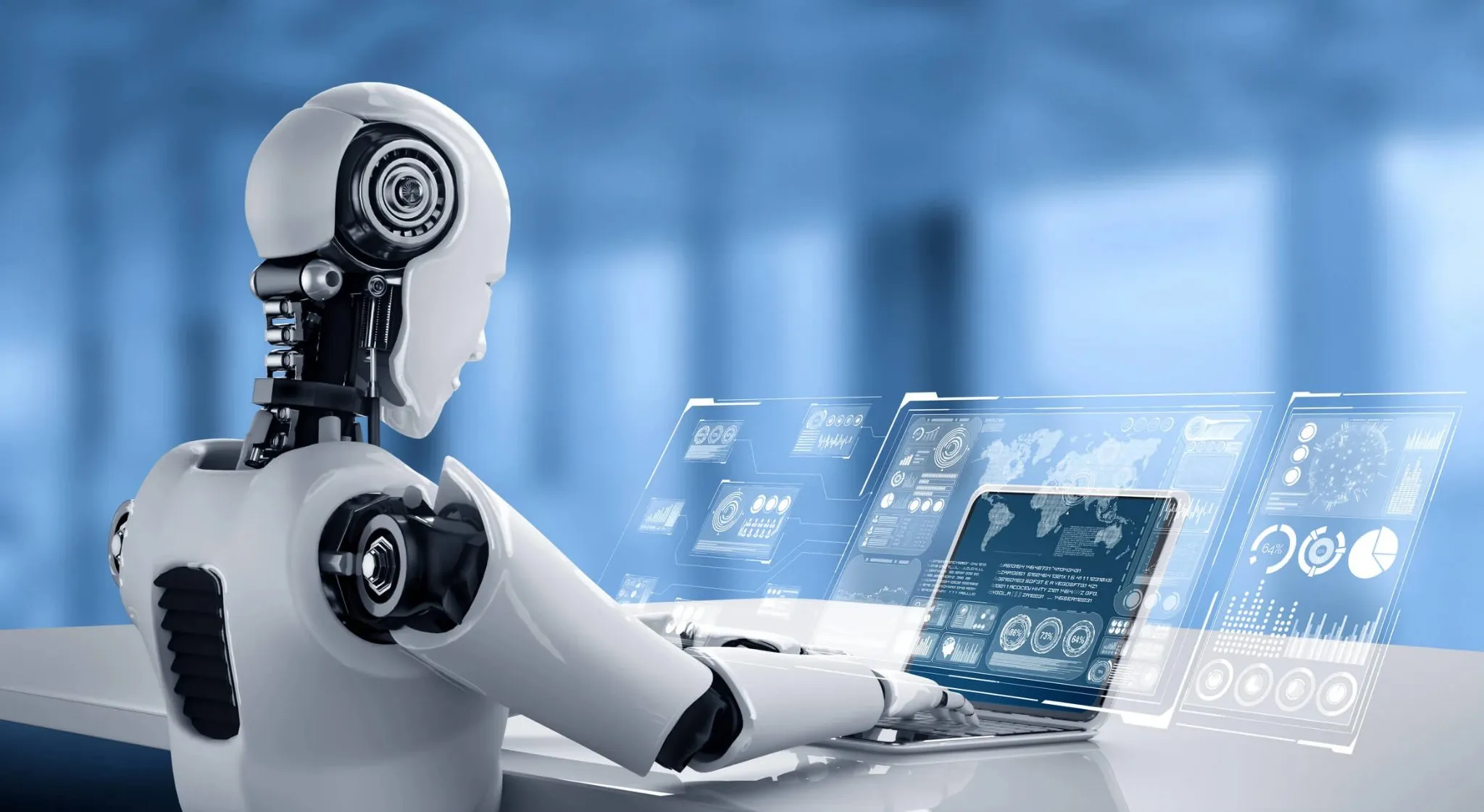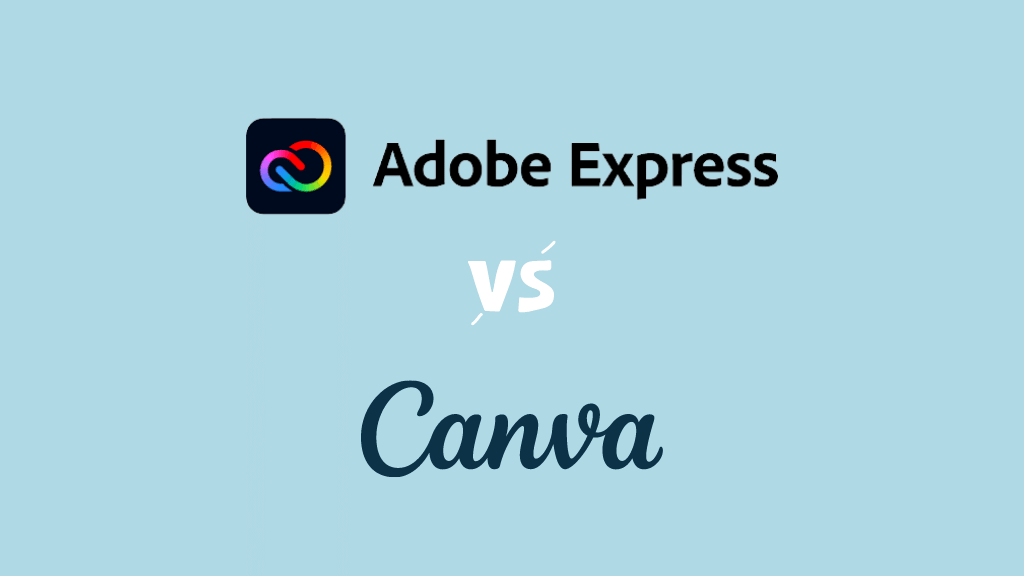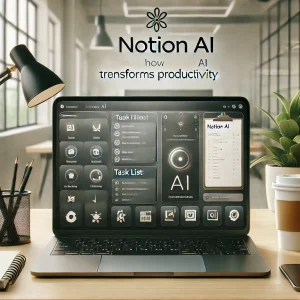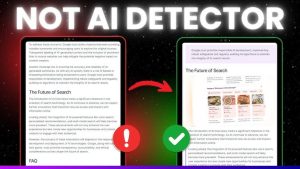How Many People Use AI Tools? Trends & Statistics 2024
Artificial Intelligence (AI) tools have become integral to many industries and daily life. From simplifying tasks Artificial Intelligence (AI) tools have become integral to many industries and daily life. From simplifying tasks to enhancing productivity, AI tools are reshaping how we work and live. In this blog post, we’ll delve into the current usage statistics of AI tools, explore the trends influencing their adoption, and look ahead to future projections.
AI Tools Usage Statistics (2024)
Introduction
AI tools are revolutionizing various sectors by providing innovative solutions that were once considered science fiction. These tools leverage machine learning, natural language processing, and other advanced technologies to automate processes, analyze data, and provide actionable insights. As AI continues to evolve, understanding how many people use these tools can offer valuable insights into their impact and growth.
Current Usage Statistics
Global Adoption Rates
As of 2024, the global adoption of AI tools has reached unprecedented levels. For instance, approximately 40% of businesses worldwide have integrated AI tools into their operations. This represents a significant increase from just a few years ago. The rise in adoption is driven by the increasing availability of AI solutions and the growing recognition of their potential benefits.
Percentage of AI Tool Usage by Region:
| Region | Adoption Rate (%) |
|---|---|
| North America | 55% |
| Europe | 45% |
| Asia-Pacific | 40% |
| Latin America | 30% |
| Middle East & Africa | 25% |
In the chart above, you can see that North America leads in AI tool adoption, with over half of businesses utilizing these technologies. Europe follows with significant adoption rates, while Asia-Pacific is catching up quickly. Meanwhile, Latin America and the Middle East & Africa show slower growth, but the trend is upward.
Industry-Specific Data
AI tools are being adopted across various industries, each with unique applications. For example:
- Healthcare: AI tools are used for diagnostic imaging, personalized medicine, and patient management. For instance, AI-powered diagnostic tools can analyze medical images with high accuracy, thereby aiding in early disease detection.
- Finance: In the financial sector, AI is used for fraud detection, risk management, and algorithmic trading. Specifically, AI algorithms analyze transaction patterns to detect anomalies and prevent fraudulent activities.
- Retail: Retailers use AI for customer personalization, inventory management, and demand forecasting. Notably, AI-driven recommendation engines provide personalized shopping experiences, which increases customer satisfaction and sales.
Trends Influencing AI Tool Usage
Technological Advancements
The rapid advancement of AI technology is a major driver of increased adoption. Innovations such as deep learning, natural language processing, and computer vision are making AI tools more accessible and effective. Consequently, these advancements enable AI tools to handle complex tasks and provide more accurate results.
For instance, the development of large language models (LLMs) like GPT-4 has revolutionized natural language processing. This advancement allows for more sophisticated text generation and understanding, leading to the widespread use of AI in content creation, customer service, and more.
Market Demands
Market demands are also significantly influencing the adoption of AI tools. Businesses are increasingly seeking AI solutions to stay competitive and improve efficiency. For example, AI tools can automate routine tasks, analyze vast amounts of data, and provide insights that drive strategic decision-making.
As businesses face growing competition and pressure to optimize operations, AI tools offer a way to achieve these goals. Therefore, the demand for AI-driven solutions is expected to continue growing as companies strive to leverage data and automation for a competitive edge.
Consumer Preferences
Consumer preferences are shifting towards AI-driven solutions that offer convenience and personalization. For instance, AI-powered virtual assistants and chatbots are becoming common in customer service, providing instant responses and tailored interactions.
The rise of smart home devices and personalized recommendations on streaming platforms also reflects consumer desire for AI technologies that enhance daily life. Consequently, as AI tools become more integrated into everyday experiences, consumer adoption is likely to increase.
Future Projections
Growth Predictions
The future of AI tool usage looks promising, with significant growth expected in the coming years. Market research predicts that the global AI market will grow at a compound annual growth rate (CAGR) of 30% from 2024 to 2028. This growth is driven by advancements in AI technology, increasing investment in AI research, and the expanding range of applications for AI tools.
Growth Rate Projection:
| Year | Market Size (in billion USD) |
|---|---|
| 2024 | 120 |
| 2025 | 156 |
| 2026 | 204 |
| 2027 | 265 |
| 2028 | 340 |
In the chart above, you can see the projected growth of the AI market over the next several years. This data illustrates the rapid expansion expected as AI technologies continue to evolve and gain broader adoption.
Emerging Technologies
Several emerging technologies are poised to impact AI tool usage in the near future. For example, quantum computing promises to revolutionize AI by enabling more complex calculations and faster processing. As a result, this could lead to breakthroughs in machine learning algorithms and applications.
Additionally, the integration of AI with other technologies such as the Internet of Things (IoT) and blockchain is expected to create new opportunities and use cases. AI-driven IoT devices, for instance, can provide real-time data and insights, while AI-enhanced blockchain applications may improve security and transparency.
Conclusion
In summary, the adoption of AI tools is rapidly increasing, driven by technological advancements, market demands, and shifting consumer preferences. As AI technology continues to evolve, its impact on various industries will only grow. Understanding how many people use AI tools today provides valuable insights into their role and future potential.
Businesses and consumers alike should stay informed about AI trends and advancements to leverage these tools effectively. Indeed, the future of AI holds exciting possibilities, and staying ahead of these developments will be crucial for success in an increasingly AI-driven world.














Post Comment